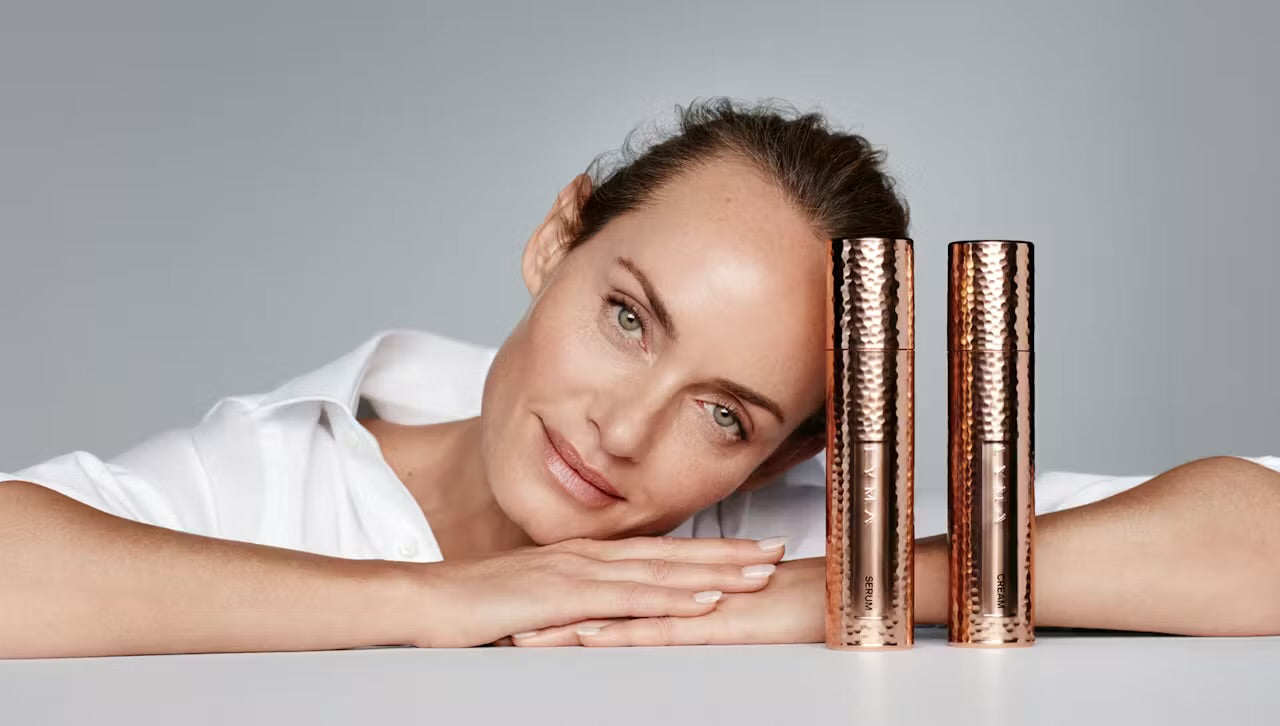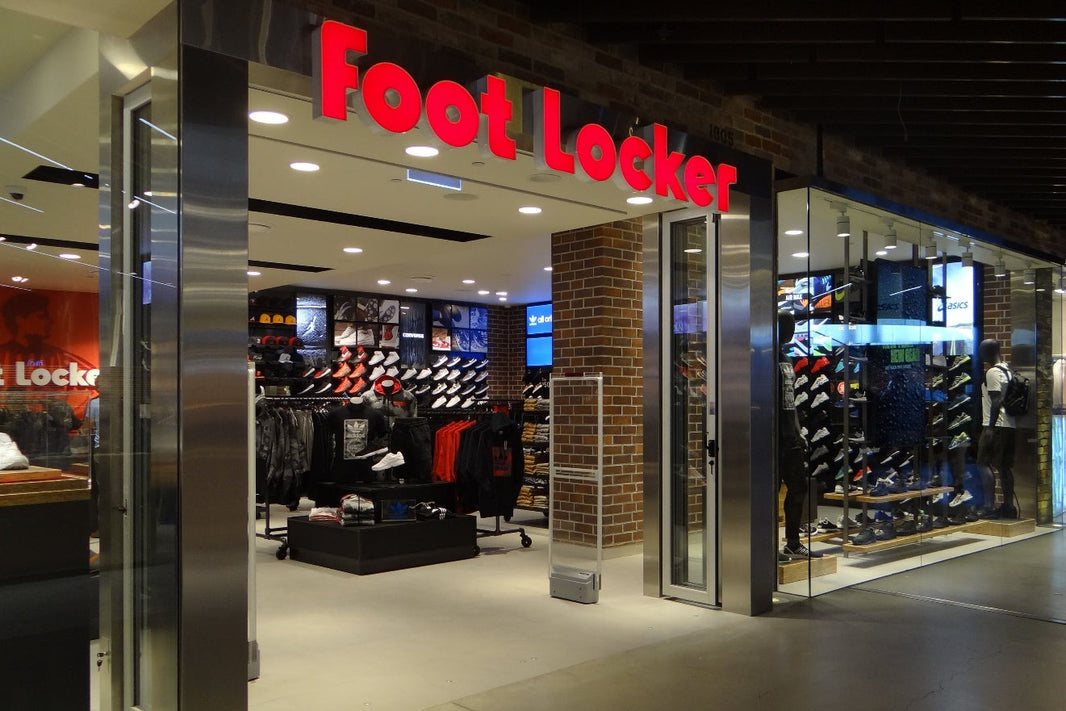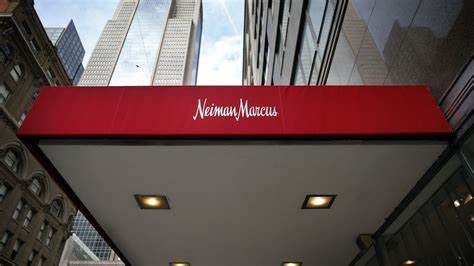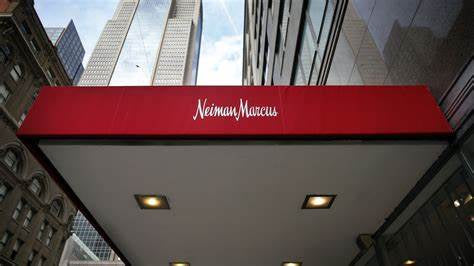Unveiling the Unexpected Rise of Menopause-Focused Brands
When Lucy Goff introduced Lyma in 2018, her vision was to create a wellness supplement addressing universal concerns like stress, skin health, and sleep quality for women across all ages. However, within a year of launching direct-to-consumer sales, an intriguing trend emerged. Data revealed that the core customer base skewed toward women in their early to mid-40s—many navigating the early stages of perimenopause. “We were surprised by the customer profile we attracted,” Goff shared. “While younger women purchased our product, it was the perimenopausal group that showed the strongest loyalty.”
This discovery positioned Lyma as a key player in the rapidly expanding menopause market, a space ripe with opportunity for women-centric health and wellness brands. In response, Lyma optimized its messaging, emphasizing how its 10-ingredient formula tackles menopause symptoms like insomnia and brain fog. The shift paid off, fueling growth that led to expansions into skincare and laser-based solutions.
A Growing Demand Meets a Historically Underserved Market
Each year, approximately 1.3 million women in the U.S. enter menopause, according to The Menopause Society. Yet, this life stage remains understudied in traditional medicine. Only about 31.3% of OB-GYN residents receive formal training on menopause, leaving a significant gap in care. This unmet need has sparked a surge in innovative companies stepping in to address menopause-related challenges with tailored solutions.
From telemedicine platforms like Pandia Health and Midi offering hormone replacement therapy (HRT)—widely regarded as the gold standard for managing menopause symptoms—to nutraceutical brands like Lyma providing supplements for shifting nutritional needs, the market is diversifying. Other players, such as Naomi Watts’s Stripes Beauty, focus on beauty and sexual wellness, catering to the holistic needs of women in this phase of life.
Investors and Clinicians Take Notice of a Lucrative Opportunity
The menopause market is gaining traction among investors and healthcare professionals alike. Silicon Valley Bank reports a staggering 314% increase in venture capital funding for women’s health companies between 2018 and 2023. Analysts at eMarketer forecast that menopause-related products—spanning medications, apps, wearables, and treatments—represent one of the most promising investment opportunities. According to Women’s Health Access Matters, the market reached $17.7 billion in 2024 and is projected to soar to $27.6 billion by 2033.
Joanna Strober, CEO of Midi, attributes this growth to a cultural shift in how women’s aging is perceived. Google searches for “perimenopause” have spiked by 60% over the past year, reflecting heightened awareness. “Today’s women are demanding better care than previous generations received,” Strober noted. “They’re prioritizing strength and vitality—and they’re ready to invest in it.”
Bridging the Gap: Telehealth and Beyond
Dr. Sophia Yen founded Pandia Health to simplify access to birth control via telemedicine, using an asynchronous model that skips video calls for convenience. As the company grew, she noticed women over 50 using birth control pills to self-manage menopause symptoms—a risky practice due to excessive estrogen levels increasing risks like heart attacks and strokes. Recognizing the need for safer alternatives, Pandia introduced menopause-specific HRT, staffed by two of the U.S.’s roughly 3,000 menopause-certified doctors. Currently, 5% of Pandia’s patients seek menopause care, a figure Yen expects to rise as awareness grows.
Similarly, FullWell, a supplement brand initially focused on fertility and postpartum health, is expanding into perimenopause products to retain its loyal customer base. “Our customers stay with us for about a year,” founder Ayla Barmmer explained. “We’re launching new offerings to support them beyond their current life stage.”
A Flourishing Customer Base Fuels Innovation
Wisp, another telehealth provider, entered the menopause arena in 2023 with treatments like vaginal dryness creams and estrogen patches, recently adding spironolactone for hormone-related skin changes. CEO Monica Cepak sees telehealth as uniquely suited to destigmatize menopause care and fill market gaps. “It’s a private, accessible way to deliver education and solutions,” she said. While menopause services are a small fraction of Wisp’s business, Cepak aims for them to account for 10%, tapping into long-term customer value as women age.
Overcoming Challenges in a Competitive Landscape
Reaching this growing audience isn’t without hurdles. Ad restrictions often limit online visibility—Midi, for instance, has faced blocks on sexual wellness ads—but brands are adapting with strategies like influencer partnerships on Instagram and leveraging Reddit’s review-driven communities. Midi served 100,000 women in 2023 and is now on track to help 10,000 weekly, thanks to telemedicine’s ability to transcend geographic and insurance barriers.
Why the Menopause Market Is Here to Stay
The rise of companies like Midi reflects a broader trend: women lack specialized menopause care from traditional providers. A pre-launch pilot by Midi revealed that many participants, after four months of HRT, begged to continue because they had no alternative care options. “We’re here to offer expert guidance—supplements, lifestyle tweaks, hormones—and let women choose what works for them,” Strober said.
As the menopause market evolves, it’s clear this isn’t just a fleeting trend. With an aging population, increasing awareness, and a new generation unwilling to settle for subpar care, this sector is poised for sustained growth—delivering empowerment and solutions to women navigating one of life’s most transformative stages.






